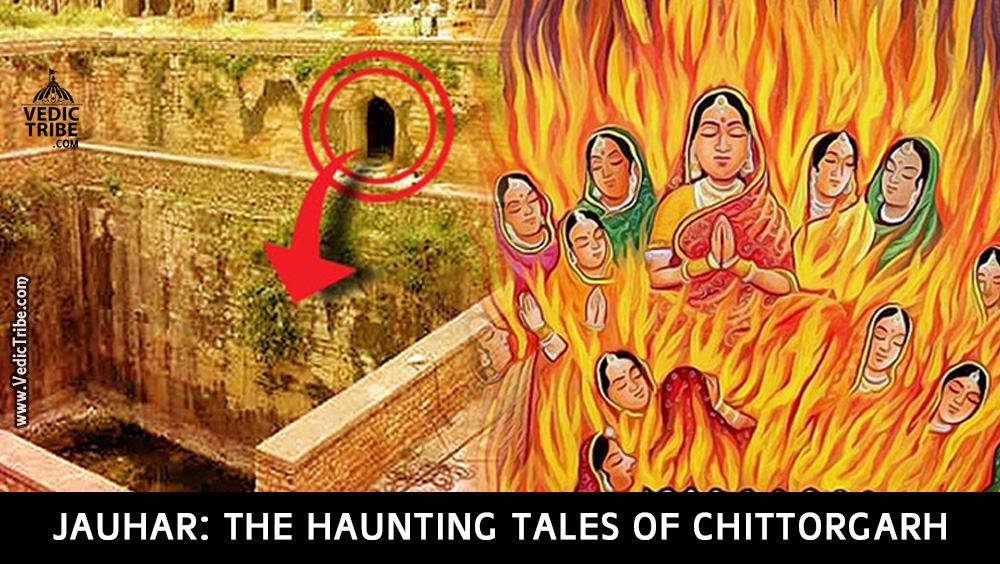Monday, March 25, 2024
मृत्यू : खलिल जिब्रान
Friday, March 22, 2024
Journey of Thought - Para-Pashyanti-Madhyama-Vaikhari
Ancient Indian philosophy has undertaken a meticulous examination of daily occurrences in a highly systematic manner. Bhatrihari Rishi (circa 450-500 AD) emerged as a notable grammarian, elucidating the process of verbal expression in his work 'Vakyapadiya'.
Thursday, March 21, 2024
षड्रस
आपल्याकडे अन्नाच्या संदर्भात षडरस भोजन असा उल्लेख केला जातो. अर्थात अन्न सहा रसांनी / चवींनी युक्त असेल तर त्याने रसपरिपोष होतो. देहाचे पोषण होते आणि जिव्हेची वासना तृप्त होते.
हे षडरस कोणते ?
गोड चव : पृथ्वी आणि जल (पाणी), कफ दोष वाढविणारा व पित्त-वाताला शांत करणारा आहे.
आंबट चव : पृथ्वी आणि अग्नि, पित्त-कफ वाढवून वाताला शांत करणारा आहे.
खारट चव : पाणी आणि अग्नि, कफ-पित्त वाढवून वाताला शांत करणारा आहे.
तिखट चव : हवा आणि अग्नि, पित्त-वात वाढवून कफाला शांत करणारा आहे.
कडू चव : हवा आणि आकाश, वात वाढवून पित्त-कफाला शांत करणारा आहे.
तुरट चव : हवा आणि पृथ्वी, वात वाढवून पित्त-कफाला शांत करणारा आहे.
यात केवळ जिव्हेची रसना तृप्त करणे हा हेतू नाही. यात केवळ जठराग्नी प्रदीप्त झाला आहे त्याचे शमन हा हेतू सुद्धा नाही तर देह ज्या त्रिदोषांना धारण करतो त्यांचे शमन होणे सुद्धा यामध्ये अभिप्रेत आहे..
आपल्याकडे उगीच 'उदरभरण नोहे जाणिजे यज्ञकर्म' म्हणत नसत. तर अन्न शिजवताना इतका सूक्ष्म आणि देहाचे सर्वांगीण पोषण घडवण्याचा विचार त्याच्यामागे असे...
आपल्याकडे भोजन बनवणारी स्त्री ही अन्नपूर्णा देवीचे रूप मानले गेले आहे. नवविवाहिता आपल्या घरी येताना अन्नपूर्णा देवी घेऊन येते.. त्याचे कारण तेच.. ती अन्नपूर्णा होऊन आपल्या घरी येते...
हे स्त्रियांना सांगावे लागणे हे मला लज्जास्पद वाटत आहे...
आपल्या संस्कृतीचे हे अधःपतन शोचनीय आहे.

